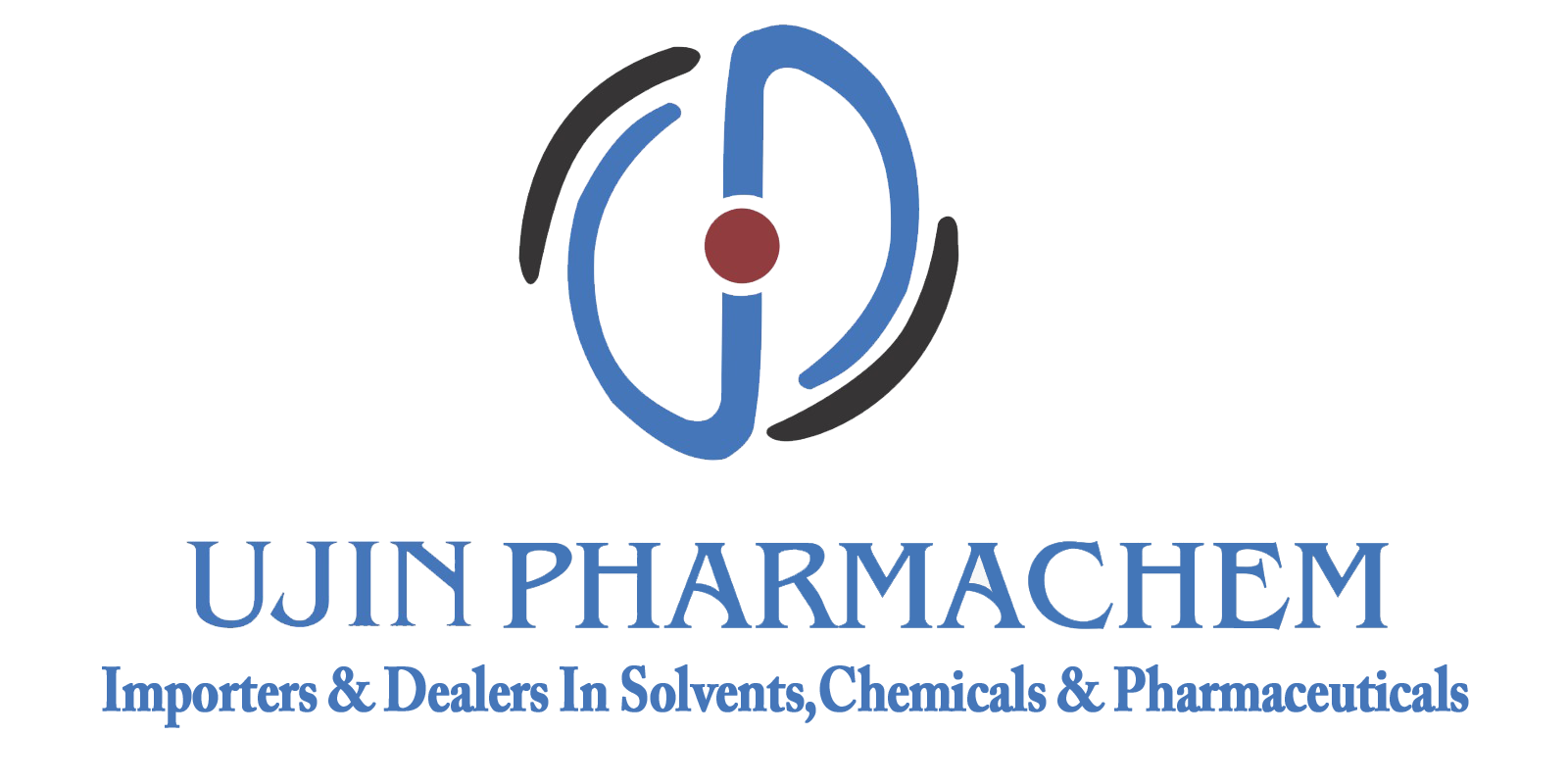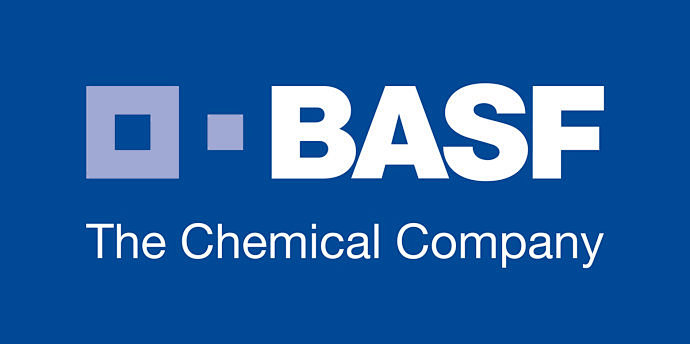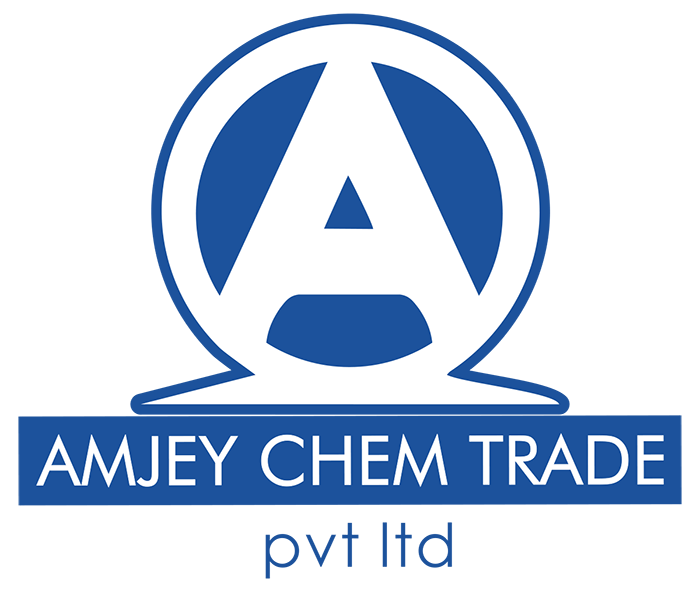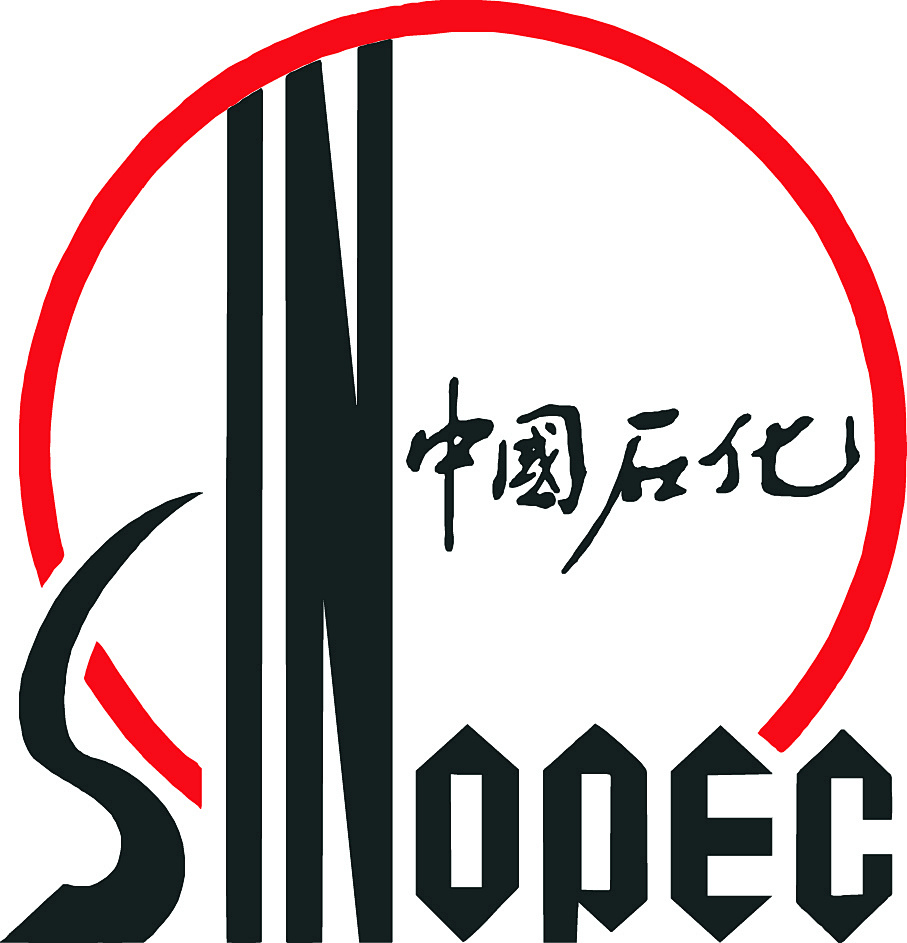Information on toxicological effects
Acute toxicity
LD50 Oral - Rat - male and female - 4,250 mg/kg (OECD Test Guideline 401)
LC50 Inhalation - Rat - 4 h - > 9.23 mg/l
LD50 Dermal - Rat - male and female - > 2,000 mg/kg (OECD Test Guideline 434)
Skin corrosion/irritation
Serious eye damage/eye irritation
slight irritation
Respiratory or skin sensitisation
Patch test: - Human Result: negative
Germ cell mutagenicity
Ames test
Salmonella typhimurium Result: negative
Carcinogenicity
IARC: No component of this product present at levels greater than or equal to 0.1% is identified as probable, possible or confirmed human carcinogen by IARC.
Reproductive toxicity
Specific target organ toxicity - single exposure
Acute inhalation toxicity - Irritation symptoms in the respiratory tract.
Specific target organ toxicity - repeated exposure Aspiration hazard
Additional Information
RTECS: WS4250000
Symptoms of exposure may include burning sensation, coughing, wheezing, laryngitis, shortness of breath, headache, nausea, and vomiting., Dermatitis
To the best of our knowledge, the chemical, physical, and toxicological properties have not been thoroughly investigated.
Other dangerous properties can not be excluded.
Handle in accordance with good industrial hygiene and safety practice.
Toxicity
LDLo intravenous in dog: 10mg/kg
![]() +086 1911-7288-062 [ CN ]
+086 1911-7288-062 [ CN ]





































































































